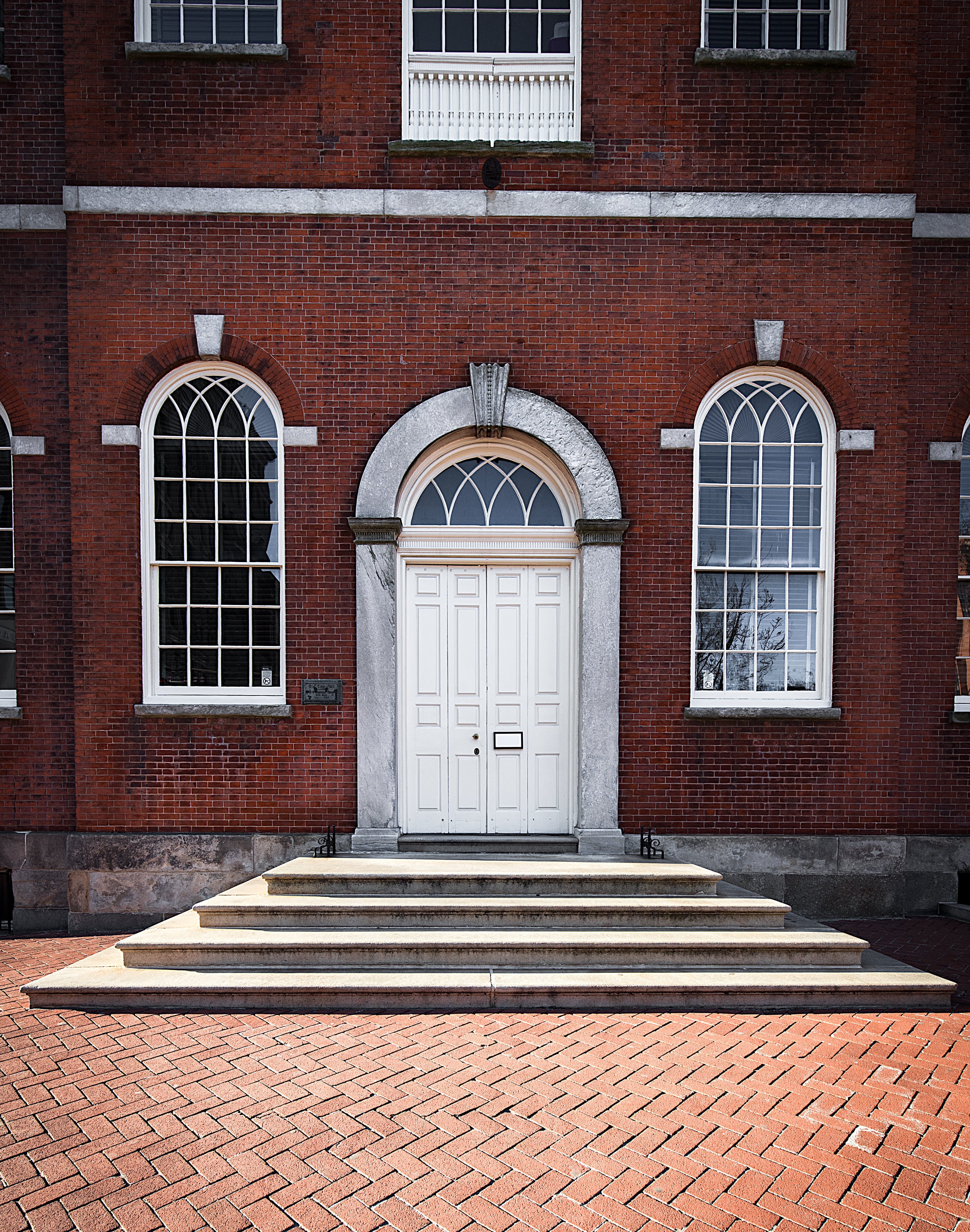
When you think of Philadelphia- you know, the old Philadelphia (with the Liberty Bell, the Founding Fathers, and revolutionary times)- there’s a good chance that you’ll also think of the cobblestone streets, colonial architecture, and the red brick row homes that exude the charm of yesteryear. That is, you’re probably thinking of Old City, the birthplace of our country and the throwback neighborhood that never goes out of style.
Back in the olden days, Philadelphia was the center of America; it was our nation's capital, major seaport, and the heart of the effort to establish the United States of America. It’s home to the oldest continuously inhabited street in America; Elfreth’s Alley has been occupied by residents since 1703. Old City was the original Philly neighborhood; every single one that came after spawned out from the origination point at Front and Market, taking a little bit of Old City charm with it.
William Penn envisioned a bustling urban seaport at the mouth of the Delaware as the capital of his new territory, and as the years wore on, the spirit of our city was built into the very bricks that surmised the early dwellings of Philadelphia. As the years wore on and Pennsylvania moved from a concept into a founding member of the United States, Old City saw a boom in manufacturing in industry due to its enviable position on the water, largely flat sprawling land, and urban population center with the ability to trade. Factories, wharves, artisans and taverns sprung up across the land.
As the neighborhoods that would grow into the rest of Philadelphia arose westward towards the Schuylkill River, Old City saw manufacturing grow, peak, and eventually leave the neighborhood for the spacious suburbs. Eventually, the cheap rents and industrial character attracted new renters to the area. As neighboring Society Hill became home to the affluent residents in the city, Old City welcomed an influx of artists and creators within its bounds; today, the neighborhood is populated with galleries, shops, and open spaces for craftspeople to showcase their work.
The industrial charm is far from lost in the modern age; the retro red brick buildings and colonial architecture harkens the mind back to the infancy of America. Moving away from the river, the factories-turned-lofts provide space to makers of all kinds. Where the taverns of old once stood, eateries and gastropubs line the blocks, making sure no Philadelphian fails in their search for a good old time. As for the future? Only time will tell.

.png)
